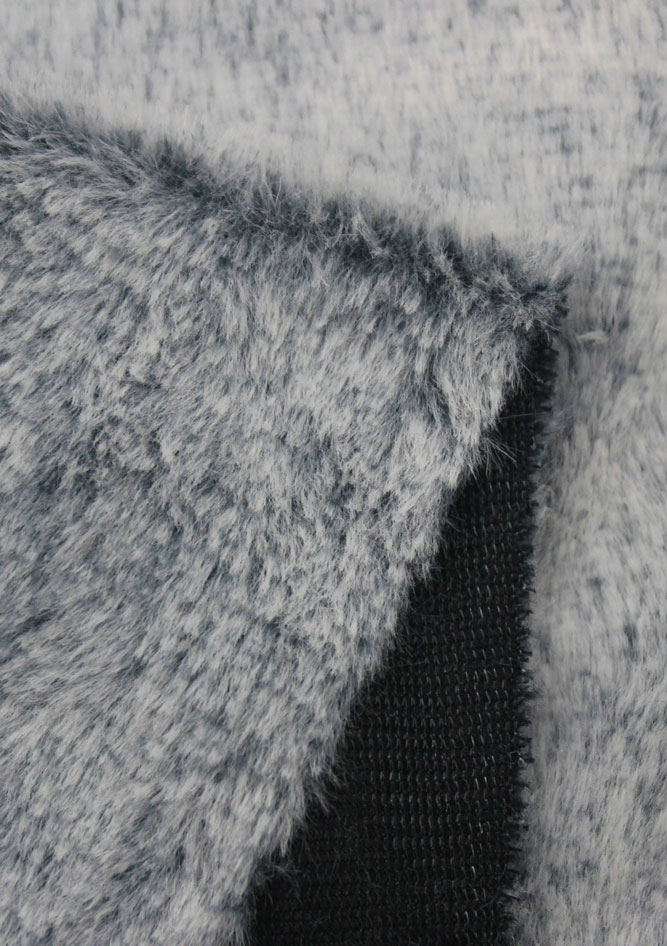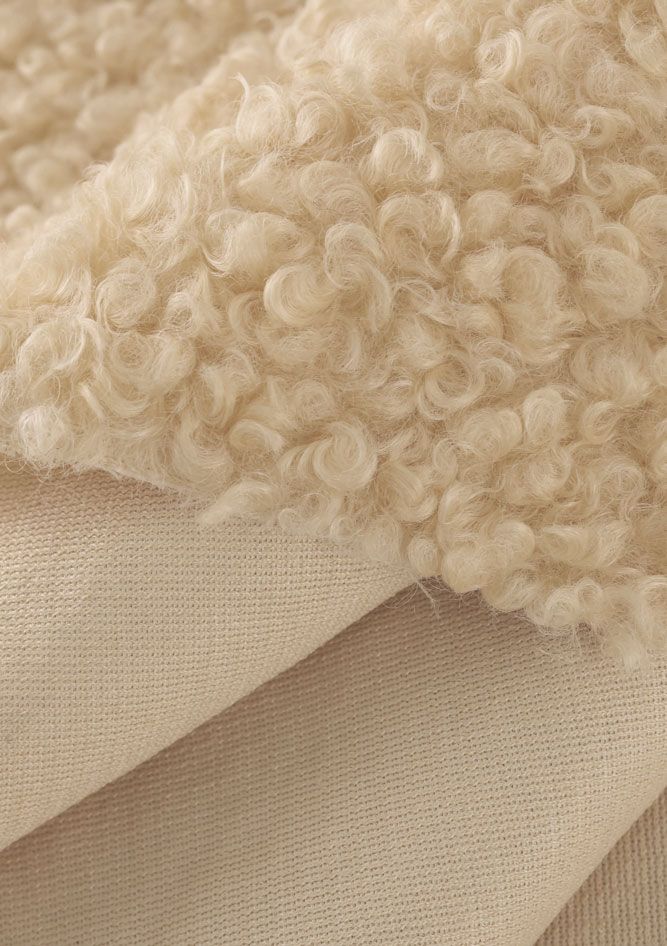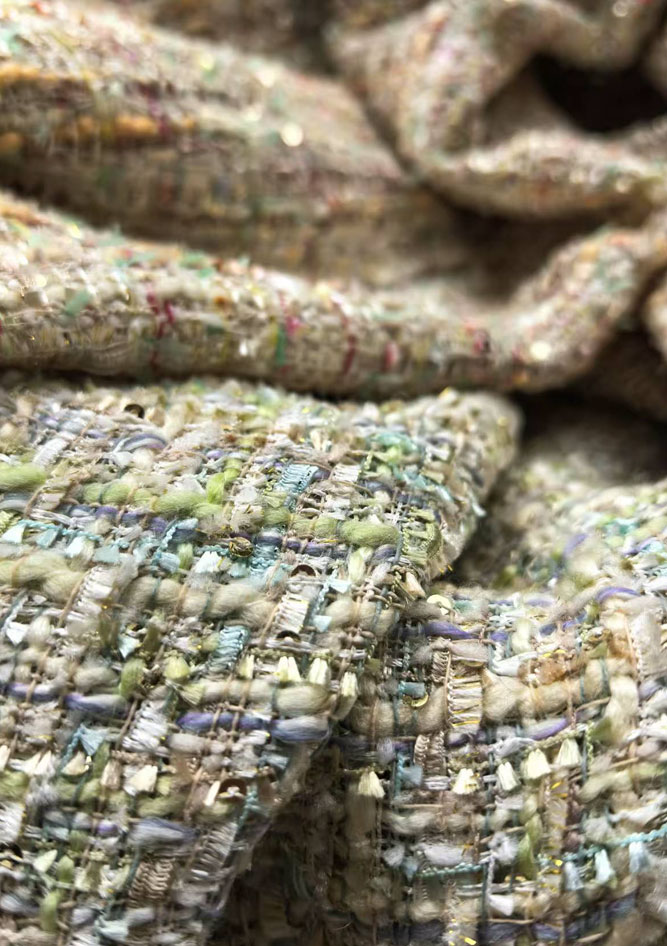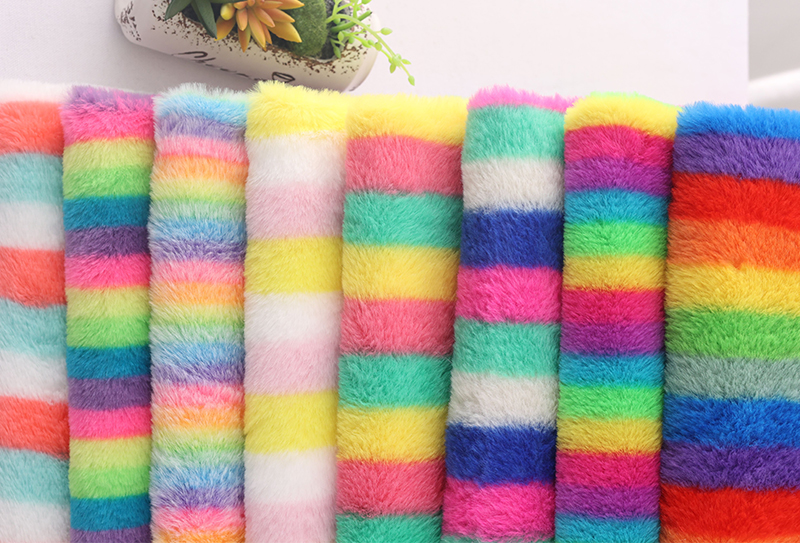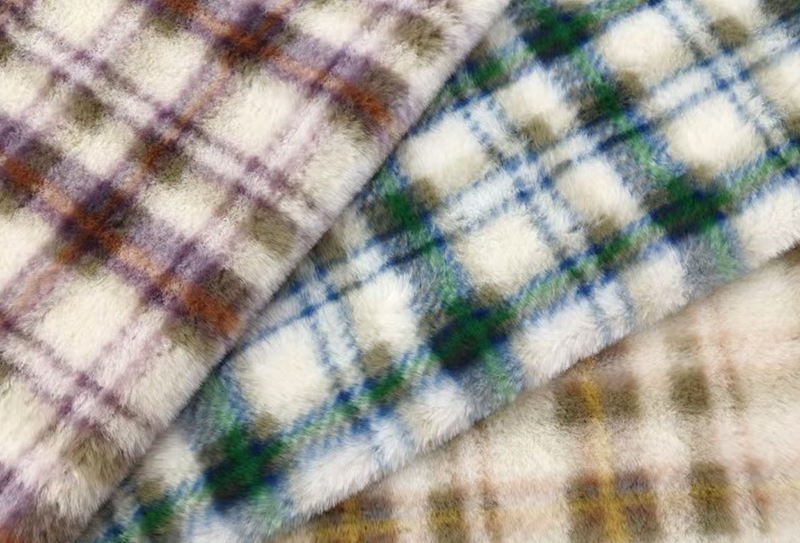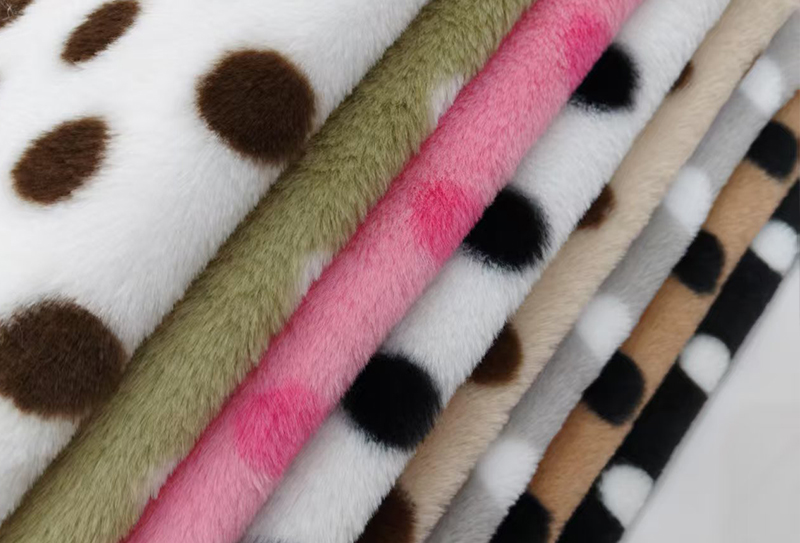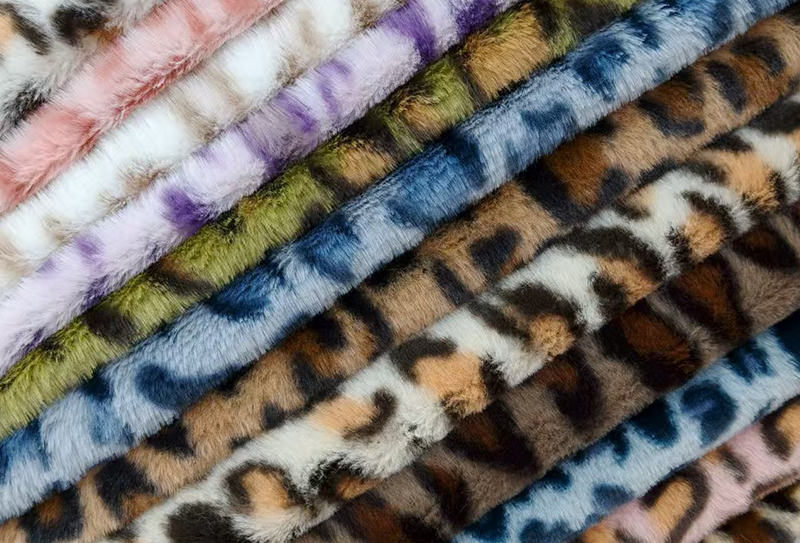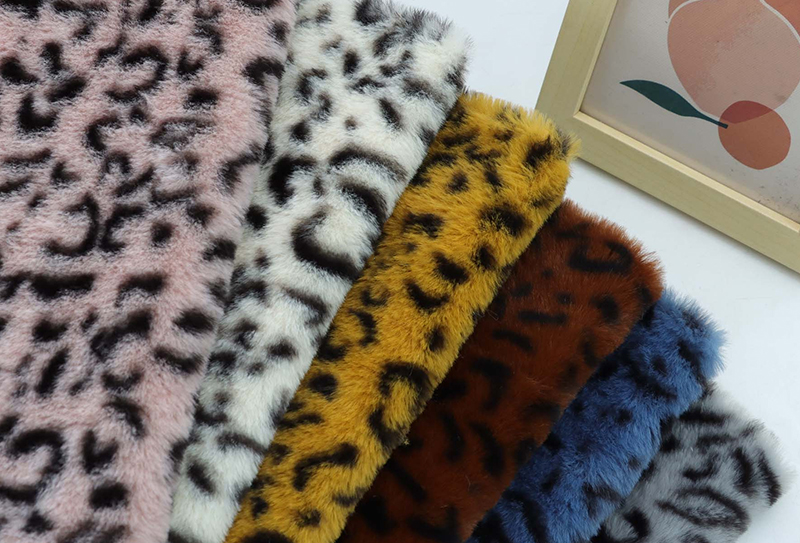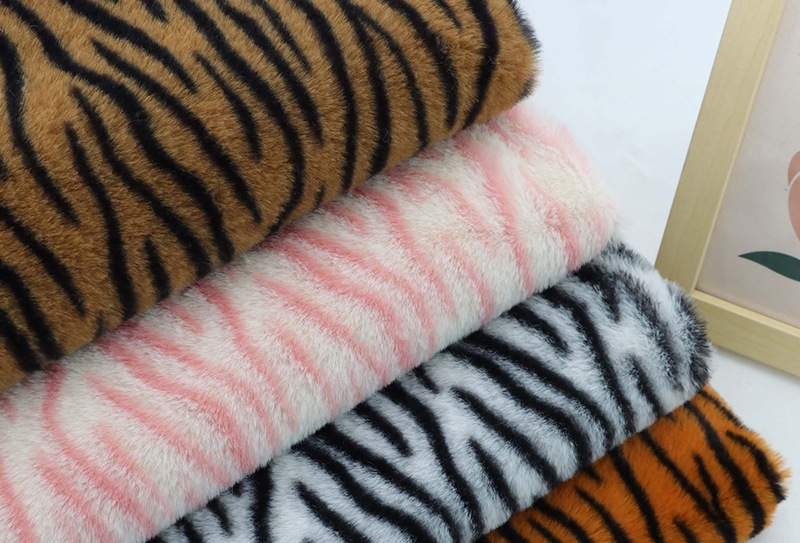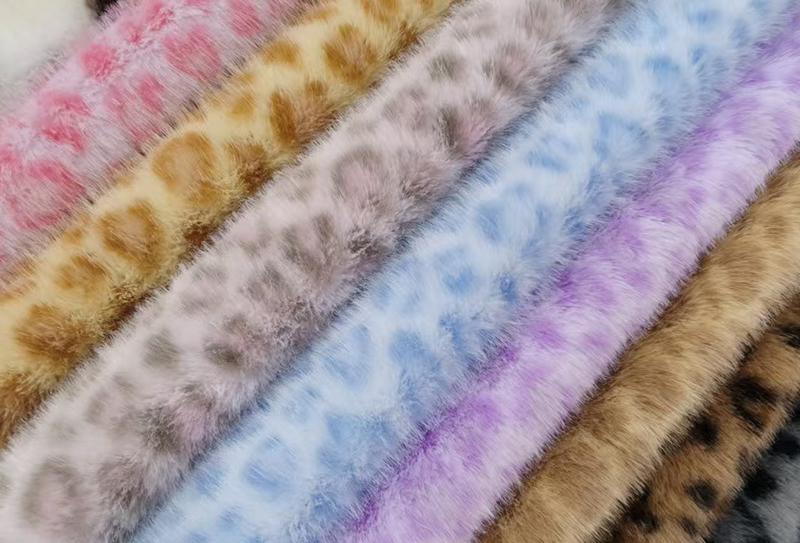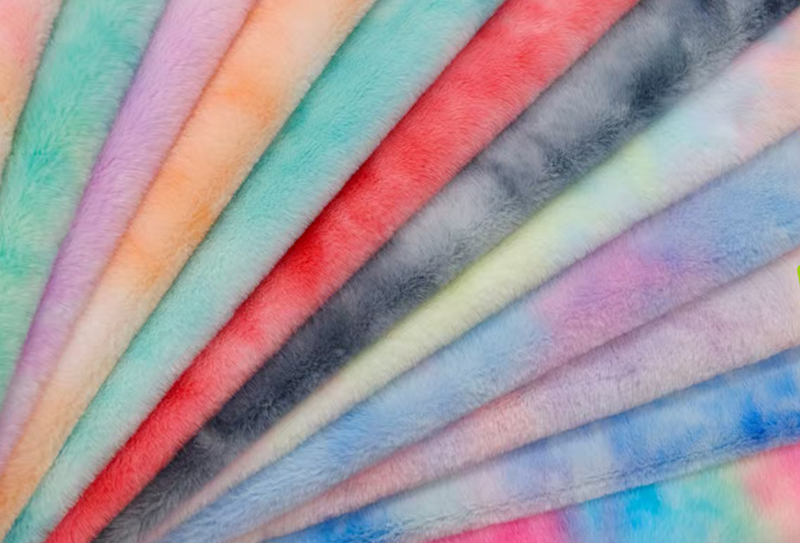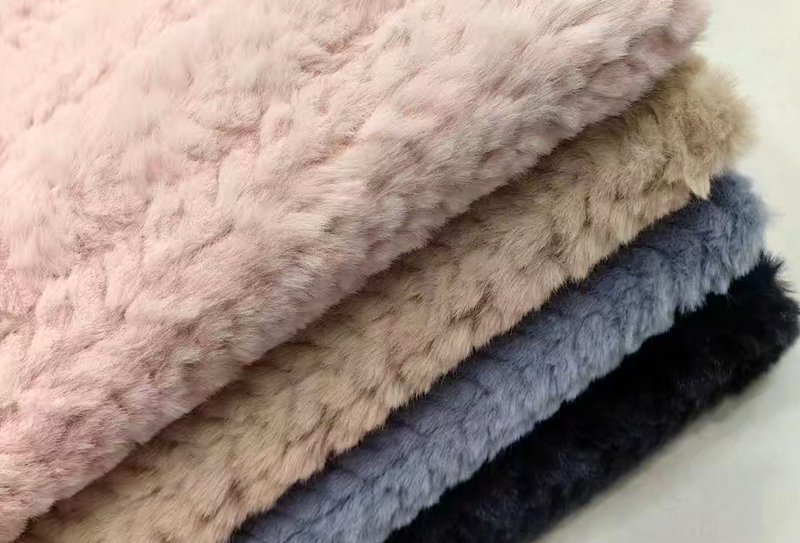The Rise of Conscious Consumerism in Fashion The fashion industry is undergoing a profound transformation as consumers increasingly prioritize ethical considerations in their purchasing decisions. This shift toward conscious consumerism has created an unprecedented demand for sustainable alternatives that don't comprom...
READ MOREOur Collections
Processing Technology Manufacturers
Processing Technology
-
-
Understanding Short Plush Fabric and Its Key Characteristics Short plush fabric represents a specialized category within the broader plush textile family, characterized by its shorter pile height and distinct performance attributes. Unlike traditional plush fabrics that often feature longer, more luxurious fibers, shor...
READ MORE -
Unveiling the Unique Texture of Curly Particles Plush Fabric The world of textile innovation is continually evolving, introducing materials that redefine our expectations of comfort and style. Among these advancements, Curly Particles Plush Fabric has emerged as a standout, captivating designers and consumers alike wit...
READ MORE
How Rabbit Fur Printed Plush Fabric Is Manufactured: Techniques and Quality Considerations
Rabbit fur printed plush fabric is a type of synthetic or natural-look plush material designed to mimic the soft, luxurious texture of rabbit fur. Its production involves several key processes to ensure softness, durability, and aesthetic appeal.
Manufacturing Techniques
1. Base Fabric Selection: The process begins with selecting high-quality short plush base fabrics, typically polyester or blended fibers. The base must have uniform density and strength to support the subsequent printing and finishing processes.
2. Printing Process: Rabbit fur patterns are applied using advanced printing techniques, such as digital printing, flock printing, or heat transfer methods. This ensures that the fabric achieves a realistic and consistent fur pattern.
3. Finishing: After printing, the fabric undergoes brushing and shearing to enhance softness and create a realistic fur texture. Additional treatments, such as anti-pilling and color fixation, are applied to improve durability and maintain appearance after washing.
4. Quality Control: Throughout production, rigorous inspections are conducted to check for uniformity in color, pattern accuracy, fiber density, and fabric integrity. Any defects are corrected before the fabric is shipped.
Quality Considerations
Durability: The fabric must withstand repeated use and washing without losing its texture or pattern.
Softness: Maintaining a plush, soft feel is critical, especially for garments, toys, and home textiles.
Safety & Sustainability: The use of eco-friendly dyes and adherence to international safety standards ensures the fabric is safe for consumers while supporting sustainable production practices.
Company Profile & Expertise
Zhejiang Shaoxing Wanyi Textile Technology Co., Ltd, established in 2019 and located on the 1st floor of Zone 1, Keqiao North Link Market—the largest textile trading center in Asia—specializes in short plush fabric and offers one-stop solutions. With 16 years of experience in plush series products, including plain colors, PV velvet, faux fur, foil, embroidery, and brushing, the company emphasizes quality, customer satisfaction, and sustainable practices. Their fabrics are widely supplied to markets in the United States, Russia, India, and Europe.
Sample Product Parameters
| Parameter | Details |
|---|---|
| Fabric Type | Rabbit Fur Printed Plush Fabric |
| Base Material | Polyester / Polyester Blend |
| Pattern | Realistic rabbit fur print |
| Width | 150 cm – 180 cm (typical) |
| Weight | 280–450 g/m² |
| Finish | Brushed, anti-pilling, color-fixed |
| Applications | Apparel, home textiles, toys, accessories |
| Compliance | Eco-friendly dyes, international safety standards |
| Production Expertise | 16 years in plush series products |
By integrating design, production, and sales, Zhejiang Shaoxing Wanyi Textile Technology Co., Ltd ensures that its rabbit fur printed plush fabrics not only meet market demands but also maintain a balance between quality, cost-efficiency, and sustainability.
Comparing Rabbit Fur Printed Plush Fabric with Traditional Plush Fabrics: Pros and Cons
Rabbit fur printed plush fabric is a type of plush material designed to replicate the soft and luxurious texture of rabbit fur. Compared to traditional plush fabrics, it offers unique aesthetic and tactile qualities, but there are also some considerations to keep in mind.
Advantages of Rabbit Fur Printed Plush Fabric
1. Realistic Appearance: The printed rabbit fur patterns provide a natural and visually appealing look that closely mimics real rabbit fur, making it ideal for fashion, home textiles, and decorative items.
2. Softness and Comfort: Due to advanced finishing processes like brushing and shearing, the fabric maintains a soft, plush feel suitable for garments, toys, and bedding.
3. Durability: Rabbit fur printed plush fabric is often made from polyester or blended fibers, which provide resistance to wear, shrinking, and pilling compared to some traditional plush fabrics.
4. Design Flexibility: The printing process allows a wide range of patterns and color combinations, offering designers more creative possibilities than plain or uniform traditional plush fabrics.
5. Sustainability and Safety: Using eco-friendly dyes and controlled manufacturing processes ensures the fabric is safe for consumers and environmentally responsible.
Disadvantages or Considerations
1. Production Complexity: The printing and finishing processes are more complex and may involve higher production costs compared to simple plush fabrics.
2. Pattern Longevity: Depending on usage and washing, printed patterns may fade over time, requiring careful maintenance.
3. Texture Variability: While the fabric is soft, the texture may feel different from traditional long-pile or velvet plush fabrics, which some users may prefer for certain applications.
Traditional Plush Fabrics
Typically include plain color plush, PV velvet, or faux fur without printed patterns. Easier to produce with consistent textures. Often lower in cost but may lack the visual appeal or detailed realism of printed rabbit fur fabrics.
Company Profile & Expertise
Zhejiang Shaoxing Wanyi Textile Technology Co., Ltd, established in 2019 and located on the 1st floor of Zone 1, Keqiao North Link Market—the largest textile trading center in Asia—specializes in short plush fabric. The company has 16 years of experience in plush series products, including plain colors, PV velvet, faux fur, foil, embroidery, and brushing. By providing one-stop solutions, emphasizing quality, and focusing on overseas markets such as the United States, Russia, India, and Europe, Wanyi helps customers improve competitiveness while maintaining sustainable practices.
Sample Product Parameters
| Parameter | Rabbit Fur Printed Plush Fabric | Traditional Plush Fabric |
|---|---|---|
| Base Material | Polyester / Polyester Blend | Polyester, Cotton, or Blended Fibers |
| Pattern | Realistic rabbit fur print | Plain color or uniform texture |
| Softness | High, plush and brushed | Varies, may be softer or firmer |
| Durability | Good, resistant to wear and pilling | Moderate, depends on fiber type |
| Design Flexibility | High, allows various patterns and colors | Limited to basic colors or textures |
| Maintenance | Requires gentle care to preserve print and texture | Easier to maintain, less pattern fading |
| Applications | Apparel, toys, home textiles, accessories | Apparel, toys, blankets, upholstery |
By combining design, production, and sales capabilities, Zhejiang Shaoxing Wanyi Textile Technology Co., Ltd ensures that rabbit fur printed plush fabrics offer a balance of realism, softness, and durability, giving customers a high-quality alternative to traditional plush fabrics while maintaining cost-effectiveness and sustainable production.

 English
English 中文简体
中文简体